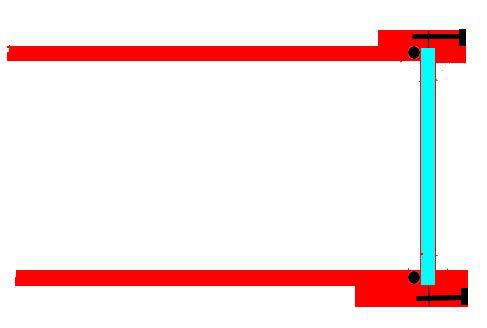FunkyDiver
Contributor
If a pipe is Schedule 40, it will be printed somewhere along the length of the pipe. My local Ace hardware store is very good about selling PVC pipe in shorter lengths than 10'. However my brother had a good idea to possibly get small pieces for free. He said to go to places where new homes are being built, and sometimes the builders will be throwing away their scrap pieces. He said you can normally get their small scraps for free. But you will still have to buy the couplers and whatever other peices you need.






 )
)

